This store requires javascript to be enabled for some features to work correctly.
-
DECANT NAPA is open! Switch to NAPA store
-
Save 10% automatically when you add 12+ bottles to your cart!
-
DECANT SF WILL BE CLOSED FOR A PRIVATE EVENT THE EVENING OF SATURDAY, MARCH 8th.
- WINEMAKERS: Juan Jesus & Elena Batista
- FARMING: Sustainable with organic practices
- VARIETY: 100% Listán Negro
- TERROIR: U ngrafted vines more than 100 years old. Grown between 300 and 700 meters above sea level, in the northwest of Tenerife.
- VINIFICATION/AGING: After a week of maceration the wine is made in the tank and then left to age for three months in three to five-years-old 225l French oak barrels.
- TASTING NOTES: Notes of fresh black pepper, dusty strawberries, and fruit leather, this medium-bodied, volcanic wine has a hint of tannin to accent its smoky, earthy tobacco notes. Finishes brightly, with a push of acidity.
From our August 2021 Explorer Pack Notes:
As we wind down our tour through old vines of Europe, let’s make a final stop in the Canary Islands. This is Spain at its most extreme— down near the southwestern coast of Morocco where eons of volcanic activity have created and destroyed plant life. How are there vines down here, two degrees below the furthest southern latitude that winegrapes can grow? As with the most extreme wine regions (think Mendoza, Argentina; Shangri-la, China; Otago, New Zealand), the answer here is ELEVATION. The elevation of site is the key to winemaking in difficult regions. Elevation gives you 1) cooling temperatures and lots of airflow, 2) tons of sunshine for even ripening of vines, 3) water stress which most vines want, and 4) long growing seasons. As a bonus, phylloxera hates elevation and volcanic soils. The isolated Tenerife has never experienced the devastation of the root louse, so centurian vines on ungrafted rootstocks are the norm.
The Canary Islands are a hot, humid place. With vines climbing the mountains up to 1000m (3200 ft), humidity dissipates under the impact of intense Trade Winds, gales so strong they’ve been pushing sailboats and cargo across the Atlantic for centuries. The Canaries’ strategic location as Spain’s hub for ventures across the globe led to many ships docking here, bringing grapevines of Listan Prieto and Listan Blanco from the mainland. Eventually, the Blanco and another grape, Negramoll, crossed and begat the now-indigenous Listan Negro. Wine and vine cuttings were loaded onto ships destined for the New World, and Spanish colonizers would then plant vineyards for their own imbibing and sacramental needs while building Christian Missions across South America, Mexico, and Calfironia. (Listan Prieto adapted quickly to its new home and is known as the first European vines planted in the New World: País, Criolla Chica, and Mission. Listan Negro was a bit more finicky but can be found in Peru where it is used in Pisco production).
Winemaker Juan Jesús is a fourth-generation grower in Tenerife and is often regarded as one of the leaders in protecting and proliferating these ancestral grapes, some of which were nearly lost to history as growers ripped out old vines in favor of international varieties which could fetch higher prices. Founded in 1990, Juan and wife Elena Batista established Viñátigo in the subregion of Ycoden-Daute-Isora as a temple to the centuries-old traditions of Tenerife. This winery has always been farmed sustainably, but Jesús’ son Jorge Mendez, the next generation in the winemaking family, has converted all the lands to organics, with many plots seeing biodynamic practices, ensuring these vines can grow as old as they can.
Terroir is everything, and Listan Negro from Tenerife is a wholly unique expression of red wine. Here, we get intense hits of white and black pepper, dried tobacco, the smoke of incense and graphite, and dried cherries. The wine’s fruitiness is preserved by fermentation in stainless steel, but the terroir is preserved by aging in old oak barrels.
This is a conversation wine. Open it with friends who are open to talk about the history of colonization and remember what was lost, changed, and rebuilt in order for us to be opening these bottles now. Perhaps some chicken in mojo or stuffed peppers would be a lovely accompaniment!
— Cara Patricia
Join our Mailing List
Land Acknowledgement
We acknowledge that we are on the unceded ancestral homelands of the Ramaytush Ohlone (the original inhabitants of the San Francisco Peninsula) and the Wappo & Miwok (the original inhabitants of Napa County).

